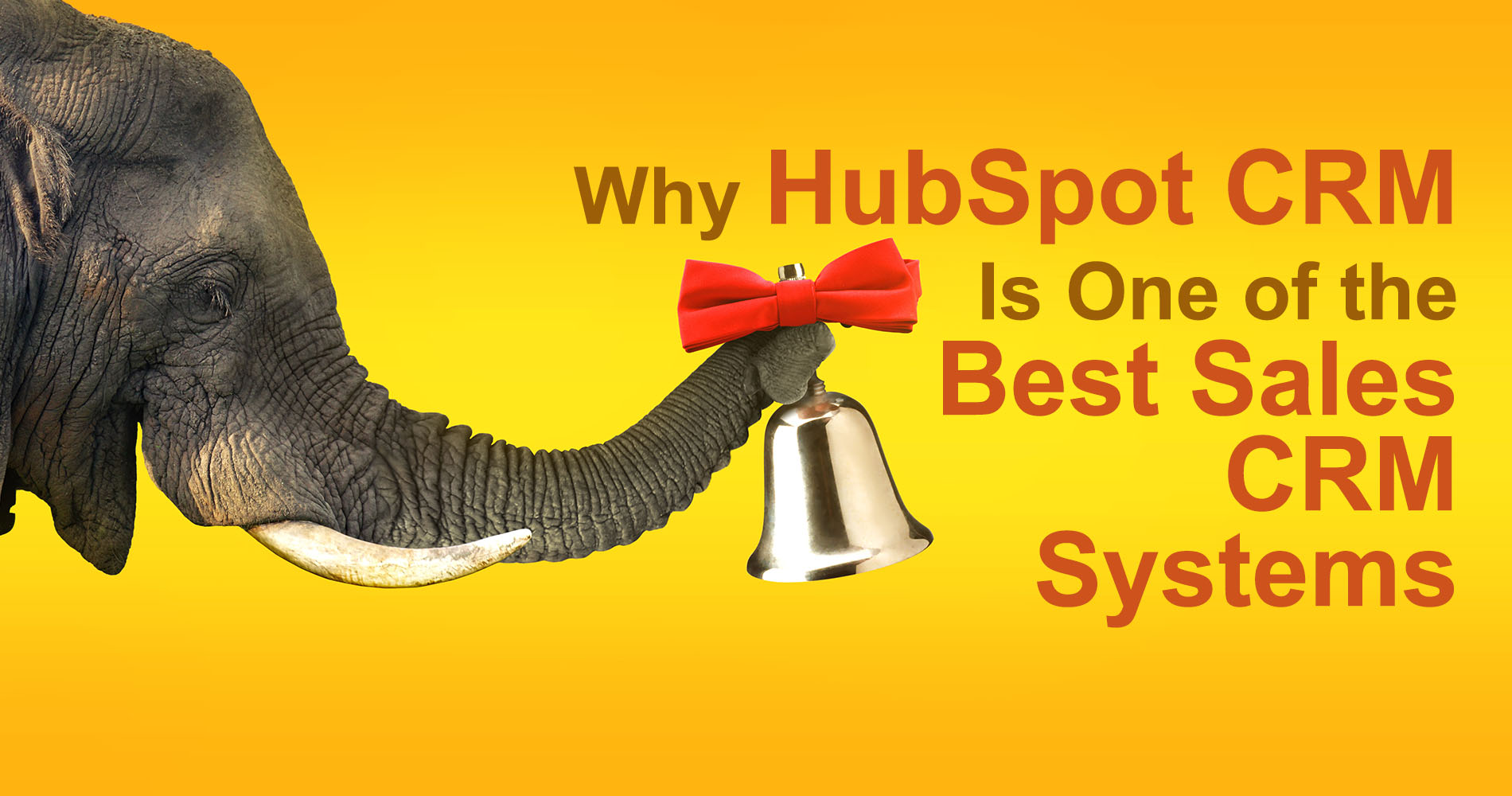Free yourself from tedious administrative tasks, grueling manual work and data cleansing. Automate the mundane with codeless integrations and exception handling for faster and better decisions. Make sure you're ready to take action at any time!
Automation is becoming increasingly important in the modern workplace, and codeless integrations are making it easier than ever to streamline mundane and repetitive tasks. Not only are these solutions designed to save time and energy, but they also help organisations handle exceptions quickly.
HubSpot’s Operations Hub is a game-changer for businesses that want to streamline their operations. This Hub has the potential to revolutionise the way teams across an organisation work together. It allows businesses to access data from multiple departments and use it to make better decisions, track performance, and increase collaboration. Furthermore, its intuitive user interface makes it easy for users of all levels to use and understand. With the help of the Operations Hub, businesses can boost productivity and maximise efficiency like never before.
Safe to say, Operational Hub is an efficient way to automate mundane tasks, freeing up critical resources that could be used for more meaningful activities. It also helps personnel make timely and accurate decisions. This article gives an insight into how Operational Hub can help to increase operational efficiency.
CASE 1: Getting rid of spreadsheets
If the necessary data for your company's desired insights isn't already provided by HubSpot, then you need to dive deeper into the scraps to get answers. This necessitates a thorough examination of the available data, as some columns may not be available through the platform.
- For your sales team to determine the number of contacts associated with a sale, they may need to access data from HubSpot.
- Someone is likely trying to figure out how many days lie between the start and end date of a particular quote.
Doing this task manually through traditional methods such as spreadsheets is time-consuming and cumbersome. With Ops Hub, companies can now do it within HubSpot itself, making the process simpler and faster.
Data sets are making the process of adding formulas to spreadsheets easier and faster. By using data sets, you can eliminate the need for manual input, saving time and energy. Moreover, no exporting or copy-pasting of information is required, making it more efficient. Data sets allow users to quickly add formulas with minimal effort and ensure accuracy in their calculations.
Spending valuable time and resources on manually exporting and handling data to make decisions is an avoidable waste. Having the data ready to use can enable quick decision-making, saving you time for more meaningful tasks.
HubSpot is the perfect tool for automation in today's digital marketing landscape. It enables you to monitor data in real time, allowing you to make decisions quickly and efficiently. With its advanced functionalities such as automated workflows and personalised customer journeys, HubSpot helps marketers automate processes while providing insights that can help them drive better outcomes.
CASE 2: Cleansing data
Ensuring that you have accurate customer data is an essential part of any CRM system. However, customers often input their information in a variety of formats, which may not fit the specific requirements of your CRM. This can lead to inaccuracies and wasted time when manually trying to reformat customer data. Fortunately, AI-powered writing assistants can help automate the process of reformatting phone numbers and other customer data so that it fits the requirements set by your CRM system.
Ignoring errors and inaccuracies in data may appear inconsequential, but this could potentially have a significant impact on your marketing operations as well as other aspects of your business if applied continuously.
Manipulating an extensive data set of 10,000 manually to identify and resolve errors can take up too much time.
Operations Hub is revolutionising the way businesses manage their data. Its workflow tool allows for quick and accurate correction of errors in data, reducing time and money spent on manual corrections. With just a click of a button, businesses can now autocorrect mistakes across all their data sets, ensuring accuracy and improving efficiency.
CASE 3: Customising instructions for users
The efficiency of a workflow depends heavily on the responses it facilitates.
With Operations Hub, you can incorporate code into your workflows. This allows you to configure triggered responses, even if that involves an API call to another system to obtain data from elsewhere. For instance, when leads take specific actions or follow particular paths, these activation criteria can be configured with code.
Using HubSpot, you can instruct a system to make changes based on customer behavior and interactions in real-time. This greatly enhances the range of sales and marketing opportunities available to you.
An added advantage is the option of setting up integrations without coding, which can save a lot of time.
Operations Hub is a powerful tool for custom coding, but it also provides codeless integrations to bridge the gap between development and non-development. This means that even non-developers can easily set up integrations between HubSpot and other applications, saving hours of manual labor and ensuring that data flows seamlessly between systems.
As organisations become increasingly reliant on digital systems, it is essential to ensure that data is handled responsibly. Establishing regulations concerning which information should be shared and where, when, and how it should be done can provide organisations with a level of control and precision in how their data is used. By setting up clear guidelines for when conflicting or inconsistent information arises, organisations can ensure that the correct system takes precedence.
Case 4: Improved sales results
At the end of the month, a sales manager would look at their leads and start working on them. At first, it was a tedious process, so they would look down at their excel sheet and see which prospects they should focus on.
But by the time this reaches the sales team, it’s far too late for them to do anything about it.
Now, if Operations Hub was successfully implemented to provide this information to Sales as it happens, you would be able to take meaningful actions on that lead. Salespeople can use the program quickly without waiting for human interaction — saving time and effort.
You can use the OpsHub to easily deploy real-time triggers across your entire business, giving you fast and accurate insights into what's happening in your data. You can set up alerts, monitor fields, and analyse data in a minimal time.
CASE 5: Provide better service to clients
The sales team is a crucial part of any business, but its work does not end with bringing in new customers. The sales team has to also work with clients on their pre-existing deals, and make sure these deals are running smoothly. These backend tasks can include everything from email management to managing subscriptions and collections.
Often, it will look like this:
- Obtaining information
- The use of spreadsheets to document everything
- Setting up a client folder in GDrive (or the corresponding platform)
- Obtaining additional information from business development representatives/salespeople
- There may be unusual payment terms, longer invoices, or another contract format that the business has agreed to provide the client with better service.
When the deal is finalised, everything you need should be made available in HubSpot. Data about contacts, companies, and deals can all be accessed within the quote. The Services team used to always need to gather and record their data manually. However, they will now be able to find this information in the Operations Hub that was created.
It does this by automatically gathering and populating all the data points the service reps need with its IPaaS (integration platform as a service). It can effectively say "when these conditions are met, create a Google Sheet and insert this information"
Service Hub and Operations Hub are two great tools for your business. Service Hub allows you to offer services to make money. Operations Hub, on the other hand, is a service that allows you to manage all of your websites as well as other operations for your business.
CASE 6: Commission calculations
Some commission structures are so complicated that it can be difficult to figure out how much to pay yourself and how much should be paid to each person on your team. The spreadsheet method has a lot of benefits: it's simple, easy to follow, and you can adjust the numbers as needed.
This means it's someone's responsibility to build the spreadsheet, create the formulas, process the equations, and pass the spreadsheet across for someone else to validate. You can practically hear inefficiency at every turn. And this is assuming mistakes don't happen.
If a person has to wait until payday to find out that they haven't been credited correctly, it could have the negative impact of making them less likely to trust your business moving forward. A spreadsheet error could happen sometimes, but usually, someone is blamed and has to revisit the spreadsheet and find the mistake for you.
HubSpot helps update you as deals happen so you can stay on top of your responsibilities with ease. This provides a clearer picture of the current sales figures within a company and the availability of opportunities.
CASE 7: Exception handling
Let's say you've got a contact who converted on a form using the company's .com address, generating a contact record and a company record. If one of your contacts gets back in contact but uses a different email, HubSpot will not match them. This prevents duplication and will create another company record.
This is a challenging issue. Most vendors offer ‘unmergeable’ lists or multiple lists that are separated into different segments. The document should be updated and accessible through the CRM system so users can access all of the information easily without any difficulties.
In such a situation, you need to have a human review your mistake and resolve the issue. With so many business decision-makers relying on autonomous machinery rather than humans for critical tasks, this outcome rarely happens. When something like this happens in your data that doesn't conform to your normal workflows, you can use Operations Hub to have it flagged up for exception handling so it can be immediately taken care of.
Operations Hub allows you to create the workflow necessary so that different kinds of companies can be easily grouped or merged. It alerts any responsible person of when this needs to happen. There are two different approaches when it comes to integrating AI writing assistants into the workplace. The first and less severally is mindlessly merging them which leads to isolation. The second approach one takes is setting them up on their own and leaving them disconnected, which isn't appropriate either.
Another exle of this could be when you have multiple companies with the same name but using different domains. It's one company, but should they all be merged or should they be parent and child? It can't tell, so it routes it to the account holder for human intervention.
Due to the rise in the number of companies operating on the internet, it can be quite tricky to keep track. One company might have a unique name but use a different domain that doesn't match its company name. This creates an issue where multiple companies share the same name and have different domains.



